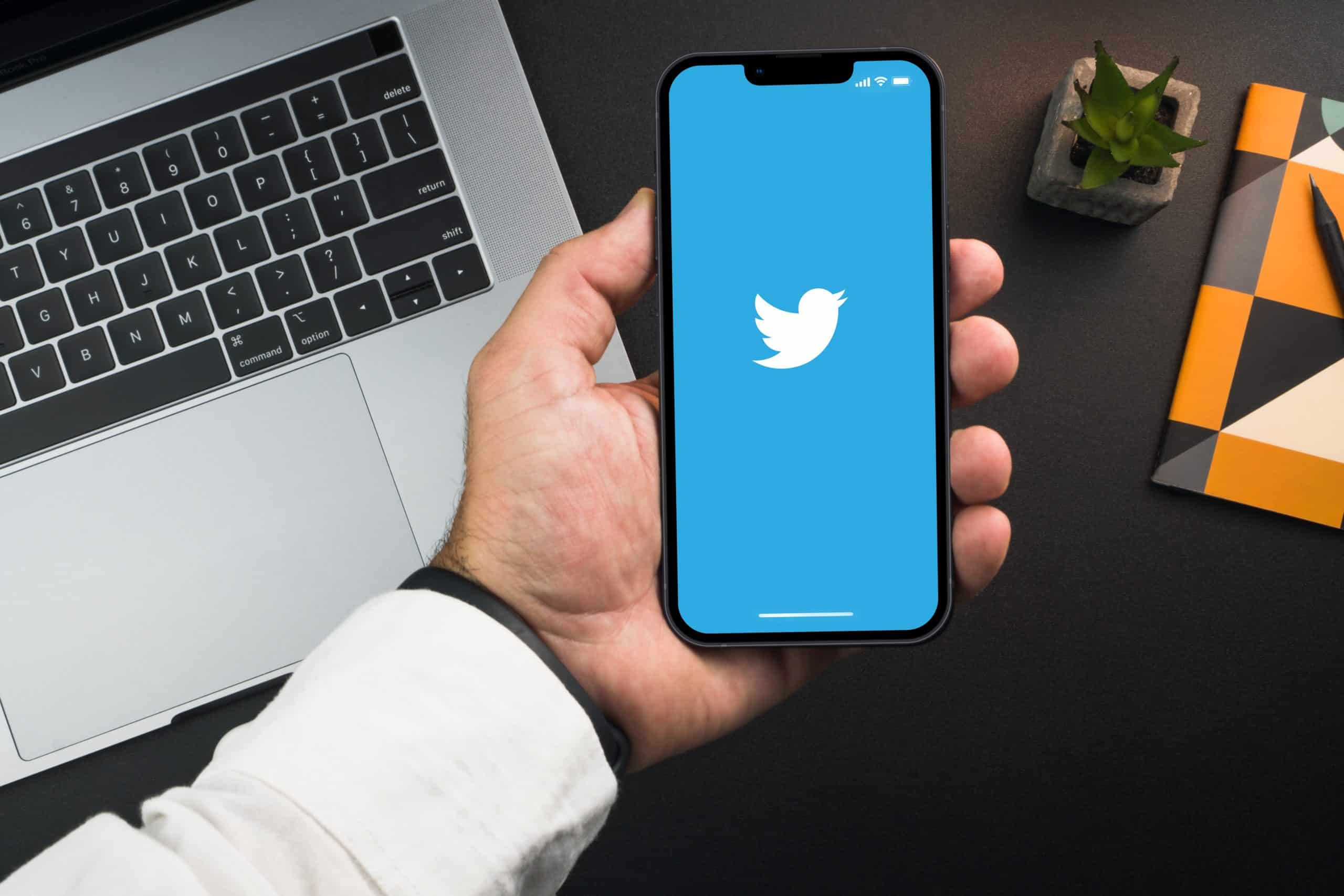The public's extensive use of Twitter has altered the individual's opinion of libraries. The public believes that a traditional library is a drab refuge for bibliophiles. Users now know that libraries have been digitized and networked by utilizing social networking software. Twitter facilitates the dissemination of news regarding e-resources, such as updates and database maintenance.
Why shouldn’t libraries, whose aim is to provide equitable access to knowledge, lead the digital revolution and incorporate new technologies? Using current technology, it is feasible to link and share data amongst devices. Twitter is becoming an increasingly vital medium for individuals to exchange ideas and socialize. Twitter has enabled consumers to stay abreast of the most recent news from their preferred companies, media sites, and celebrities.
Businesses utilize Twitter to interact with their consumers. For various reasons, Twitter differentiates itself from other social networking platforms. Due to its numerous benefits, Twitter is a fantastic fit for libraries. Twitter is a cost-free service with no monetary constraints on its usage. Due to its reliance on microblogging, a Twitter account requires minimal work to create and maintain. Using several plug-ins, libraries may plan weekly or monthly Tweets, minimizing the daily staff time required for the process. So far, Twitter is the best approach for librarians to engage with library patrons because so many people currently use it. There are several options available for engaging an audience. Direct texting allows you to communicate with a single person, but the recipient cannot see it since it is private. Users can publicly react to another user by prefacing their message with “@username” and the @reply sign. Thus, just a few individuals are excluded from the discussion, but everyone may still see what is being said.
Using hashtags, sometimes known as “#’s,” is a third strategy for facilitating communication. You may search Twitter for tweets regarding a given topic using these symbols and sentences that are not separated by spaces. A library might use the hashtag to promote forthcoming books and periodicals. By clicking it, you can do a hashtag search on all tweets containing this phrase. There are several opportunities for public library customers to become more connected and social via the use of Twitter.
Why Are Libraries Using Twitter?
Twitter is relatively new to libraries. Twitter’s capacity to foster a sense of community may benefit library administration and leadership. Web 2.0 tools have contributed to the growth of a digital library’s community. Public library researchers are studying Web 2.0 technologies regarding their functions, accessibility, and practical usefulness.
Web 2.0 is still one of the most discussed library-related subjects. According to Web 2.0 proponents, users may develop and share dynamic materials and create and publish content. As a result of this understanding, new methods of sharing and interacting with data are emerging. School Library 2.0, a Web 2.0-based initiative, is intended to assist school librarians in increasing the number of teenagers and pre-teens participating in library activities. Instant messaging has the potential to decentralize and increase communication pathways throughout the Internet. Instant messaging is a successful strategy for recruiting new library users and helps librarians contact a previously unreachable group of youths while disseminating library materials. MyLibraryCalendar is an effective tool for improving library communication for both users and librarians.
Impact of Twitter on Libraries
The use of Twitter and its impact on libraries was another area of significant interest.
Friends and followers are more likely to focus on Twitter’s advantages and disadvantages, reducing information overload. As a result of Twitter, it has become easier to spread the news and information concerning students and staff via email. The library’s Twitter account has been a great way to get the message out to our community of students and professors who regularly check their email. Also, the library’s Twitter feed has been an excellent way to announce new resources. For example, the URLs (New Titles List for All Materials) of new book and film titles can be included in tweets. This will be useful for patrons who want to keep tabs on new releases in the entertainment world.
Finally, Web 2.0 and Twitter are becoming commonplace in public libraries. With the support of Web 2.0 tools, librarians may stay on top of the latest technological developments, foster better user collaboration and connection, increase their community outreach, and attract new customers. In the future, researchers should look at the advantages of Web 2.0 and Twitter and develop methods to avoid data breaches and leaks in public libraries.
Photo: Diego Thomazini/Shutterstock
You might also like:
Support us!
All your donations will be used to pay the magazine’s journalists and to support the ongoing costs of maintaining the site.
Share this post
Interested in co-operating with us?
We are open to co-operation from writers and businesses alike. You can reach us on our email at [email protected]/[email protected] and we will get back to you as quick as we can.










